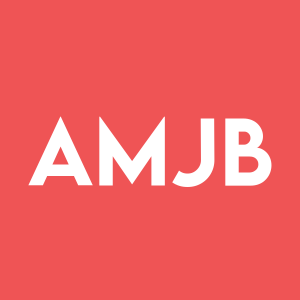[424B2] JPMORGAN CHASE & CO Prospectus Supplement
Rhea-AI Filing Summary
JPMorgan Chase Financial Company LLC, fully guaranteed by JPMorgan Chase & Co., is offering auto callable accelerated barrier notes linked to the Nasdaq-100, Russell 2000 and S&P 500 indices. Each note has a $1,000 denomination and can be automatically called on November 25, 2026 if the closing level of each index is at or above 95.00% of its initial value, paying back principal plus a call premium of at least $162.50.
If the notes are not called and each index ends above its initial level on the November 20, 2028 observation date, investors receive $1,000 plus 2.00 times the gain of the least performing index. If any index finishes between 70.00% and 100.00% of its initial value, principal is returned. If any index closes below 70.00% of its initial value, repayment is reduced one-for-one with the loss in the least performing index, and principal can be entirely lost.
The notes pay no interest or dividends, are unsecured obligations exposed to the credit risk of JPMorgan Financial and JPMorgan Chase & Co., and may trade below the $1,000 price. An illustrative estimated value is approximately $974.40 per $1,000 note, and the final estimated value will not be less than $900.00.
Positive
- None.
Negative
- None.
FAQ
What are the JPMorgan AMJB auto callable accelerated barrier notes?
The notes are structured debt securities issued by JPMorgan Chase Financial Company LLC, guaranteed by JPMorgan Chase & Co., linked to the performance of the Nasdaq-100, Russell 2000 and S&P 500 indices. They offer potential enhanced upside to the least performing index, subject to an automatic call feature, a barrier level and the credit risk of the issuer and guarantor.
How does the automatic call feature work on the JPMorgan AMJB notes?
On the November 25, 2026 review date, if each index closes at or above 95.00% of its initial value, the notes are automatically called. Investors then receive $1,000 plus a call premium of at least $162.50 per note on the call settlement date, and no further payments will be made.
What is the upside potential of the JPMorgan AMJB notes at maturity?
If the notes are not called and on the November 20, 2028 observation date each index is above its initial value, investors receive $1,000 plus an amount equal to 2.00 times the return of the least performing index. This uncapped leveraged upside applies only if all indices are above their initial values.
How can investors lose money on the JPMorgan AMJB auto callable notes?
If the notes are not automatically called and the final level of any index is below 70.00% of its initial value, the maturity payment is $1,000 plus the return of the least performing index. This means investors lose 1% of principal for every 1% decline of that index, potentially losing the entire $1,000 principal per note.
Do the JPMorgan AMJB notes pay interest or dividends?
No. The notes do not pay periodic interest and investors do not receive dividends from any stocks in the indices. All potential return comes from the call premium if the notes are called or from the maturity payoff formulas, which depend on index performance.
What is the estimated value of the JPMorgan AMJB notes versus the price to the public?
If the notes priced on the example date, the estimated value would be about $974.40 per $1,000 note, and the final estimated value disclosed at pricing will not be less than $900.00. The difference from the $1,000 price reflects selling commissions, hedging costs and the issuer’s internal funding rate.
What key risks are highlighted for investors in the JPMorgan AMJB notes?
Highlighted risks include potential loss of some or all principal, exposure to the least performing index, credit risk of JPMorgan Financial and JPMorgan Chase & Co., lack of interest and dividends, possible illiquidity and secondary market prices likely below the $1,000 issue price. The barrier protection only applies if every index stays at or above 70.00% of its initial value.







